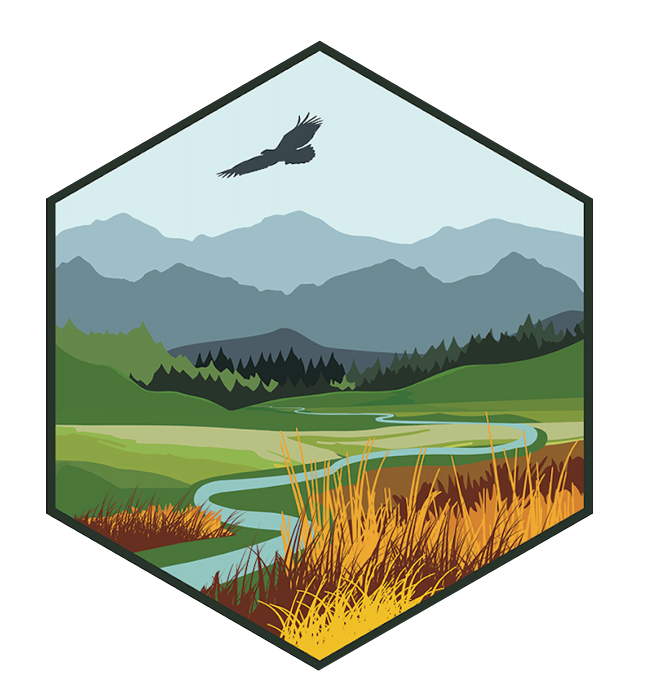Advancing Climate Resilience with the Tribal Adaptation Menu
Janna Black, North Central Climate Adaptation Science Center Tribal Liaison, attended the Tribal Adaptation Menu (TAM) Train-the-Trainer Workshop in Minneapolis, MN, on July 22–24.
Building Ethical Space
The Traditional Ecological Knowledge Workshop was a two-part virtual training designed to equip participants with the foundational knowledge and practical skills necessary for engaging with Indigenous Peoples, Nations, and communities in collaborative natural resource research and decision-making.
Ecological Acclimation
Ecosystems respond to climate change at radically different speeds, from immediate physiological shifts to centuries-long evolutionary changes, thus making it difficult to predict how they’ll evolve over time. A new study introduces “ecological acclimation” as a unifying framework to integrate fast and slow biological responses across species and systems.
May/June 2025 Newsletter - Now Out
The next NC CASC newsletter is now out. Explore stories on ecological scenarios for climate-smart management, fighting fire with fire, and wildly unpredictable warm-season rains.
New Publication on Climate Change Adaptation in National Parks
A new study quantifies both the magnitude of projected mid-century climate change and the associated uncertainty within 332 national park units in the continental United States.
Warm-Season Rainfall in the Northern Great Plains
The Northern Great Plains (NGP), spanning Montana, Wyoming, the Dakotas, and Nebraska, is more than just America’s agricultural heartland. This vast region produces two-thirds of U.S. wheat and over half its beef, while its unique "pothole" wetlands support 50% of North America’s waterfowl.
Fighting Fire with Fire
As another fire season begins across the western U.S., one of the most effective tools for reducing catastrophic wildfire remains underused: controlled burns. When executed correctly, they can prevent a smoldering forest floor from becoming a catastrophic inferno.
Ecological Scenarios for Climate-Smart Management in the American West
Rising temperatures, shifting precipitation patterns, and intensifying wildfires are altering the ecological dynamics of forests, grasslands, and rangelands. How do you prepare for a future that’s not only novel but also one that cannot be accurately predicted?
Contact Us
Want to see more? Do you have feedback? Was this site helpful? Send us an email!

